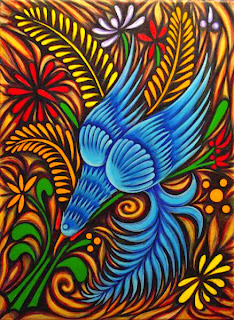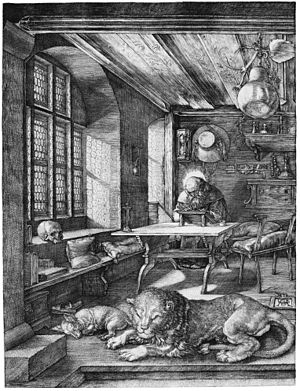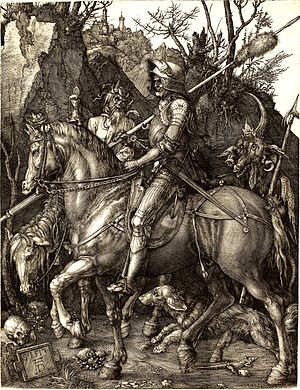“Drawing is the honesty of the Art. There is no possibility
of cheating: It is either good or bad.” –Dalí
Salvador Dalí was born on May 11th 1904 in
Catolina Spain. His skills developed early and it is said that his childhood
memories and experiences contributed heavily to his style and artistic
personality. Just nine months before Salvador Dalí was born, the Dalí family's first
son Salvador died at the age of two, they then named the second Salvador
the same name as the adored first-born son. This created a complex in the
second son where he was jealous of his dead brother but also identified with
him. This confusion led to him becoming an exhibitionist child seeking constant attention.
This continued throughout his career as he could make such a spectacle of
himself as well as shock and awe in his works.
“At the age of six I wanted to be a cook. At seven I wanted
to be Napoleon. My ambition has been growing steadily ever since.” – Dalí
At the age
of 17, Dalí was accepted into the Academy of San Fernando, the well-known art
school in Madrid. The Surrealism movement in Paris was a powerful inspiration
for Dali. His use of both classical and modern techniques is what makes his
works so interesting and yet puzzling for critics and viewers alike. Dalí was
an artist of many different talents; his painting, drawing, photography,
sculpture, writing and film were highly imaginative and often involved
collaboration from other artists of the time.
“Surrealism is destructive, but it only destroys what it considers
to be shackles limiting our vision.” – Dalí
Above: Salvador Dalí: Study for The Lugubrious Game 1920. The painting that came from this study drawing earned Dalí's acceptance by the Surrealists.
The Lugubrious Game was finished in 1929, knowing that the study drawing came 9 years previous emphasizes the importance of using study drawing and how these works took a long time.
Above: Salvador Dalí: Portrait of Freud 1938. Dalí had been a longtime admirer of Freud and the two met in London in 1938. Freud later wrote to Stefan Zweig explaining that Dalí had positively changed Freud's mind about the Surrealists.
Besides his contribution to surrealism and art of the 20th century, Salvador Dalí is well known for his disobedience to authority and his often-strange behavior in public. His iconic mustache, walking cane, long cape and often an exotic animal by his side was just part of being Salvador Dalí. The closer you look at his life outside of creating masterpieces, the more you are interested in this complicated man.
“I have Dalinian thought: the one thing the world will never have enough of is the outrageous.” – Dalí
Sources:
The Real World of The Surrealists, Malcolm Haslam 1978
Dali and Surrealism, Dawn Ades 1982
First and Last Image Websites:
http://reelfoto.blogspot.com/2011/10/salvador-dali-walking-his-anteater.html
http://www.visualnews.com/2010/12/30/the-surreal-iconic-portraits-of-philippe-halsman/















